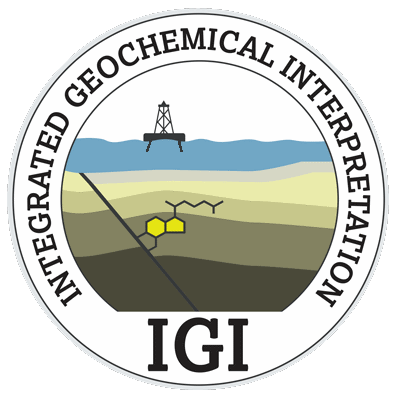Working with Statistics
Overview
A Statistical Summary of the data present in a p:IGI+ project is possible. Data properties can be combined with a single Palette and/or a single Sample set and/or a single Well Sample set to provide a means to effectively summarise and extract significant trends from large data sets.
Version: p:IGI+ 1.7.2+ (Aug 2017)
Usage: Data --> New statistics...
How to use in practice
p:IGI+ Statistics

A Statistical Summary of the data present in a project is possible. Data properties from the p:IGI+ property model can be combined with a single Palette (Colour, Size or Shape) and/or a single Sample set (either Dynamic or Static) and/or a single Well Sample set (if not already an Expression in the sample set Query) to provide a means to effectively summarise and extract the significance from large data sets.
Reported on in the Statistical Summary are:
- N - The number of observations
- Min - The minimum value
- Max - The maximum value
- Mean - The average, or expected, value
- Std Dev - The amount of variation or dispersion (square root of the variance)
- 10th%ile - The value below which 10% of the observations occur
- 50th%ile - Also the ‘Median’, is the middle value
- 90th%ile - The value below which 90% of observations occur
- IQR - A measure of the statistical dispersion, equal to the difference between the 75th%ile and the 25th%ile
- Kurtosis - Kurtosis is a measure of whether the data are heavy-tailed or light-tailed relative to a normal distribution. Data sets with high (positive) values indicate data have heavy tails or outliers, low (negative) values indicate data have light tails, or lack outliers
- Skewness - A measure of symmetry, or more precisely, the lack of symmetry. The skewness for a normal distribution is zero, negative values indicate data are skewed left, positive values indicate data are skewed right
Properties to be included in the statistical summary can be chosen through the Add/Remove Properties link at the bottom of the dialogue window and the subsequent use of the standard Property Selector. When using properties which have associated indicators [Gas and Molecular] use the Bulk Update Properties link to interchange between different indicator groups.
Any application of palettes, samples sets or well sample sets to a statistics artefact will see the summary data revise itself automatically. A progress bar is provided where large numbers of properties or groupings are present.
When a palette is applied to the statistical dialogue the data is automatically sub-divided by individual palette entery. Once divided the data display can be edited by either:
- Reorganising the summary data, separating the data on Grouping (Palette entries) instead of property
- Hiding rows with no data
An alternative to hiding all rows with data, is to control the groupings which are visible through the palette. This is achieved by opening the applied palette from the statistics window (double click the appropriate icon in the top right of the dialogue window) and hiding the palette entries not wished to be seen.
For easy reporting, a record of the Statistical summary can be copied to the clipboard and transferred to other applications.
In p:IGI+ the user can create as many occurrences of a statistical summary as they wish. In addition created summaries can be saved externally as an artefact Template through Right Click --> Export As Template... for use in future projects or to sent to other users.
Video tutorials
None Available
